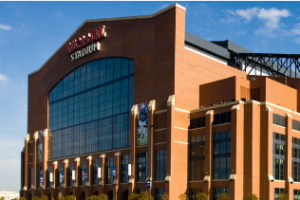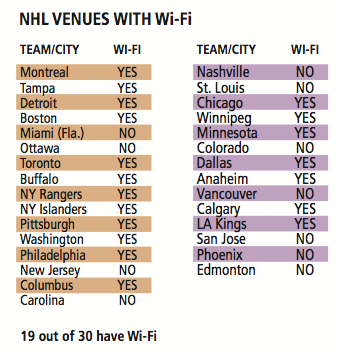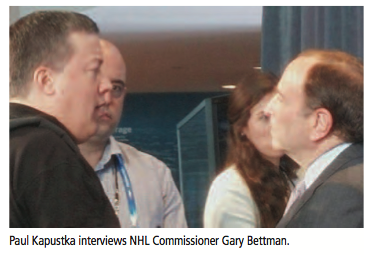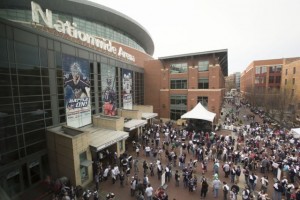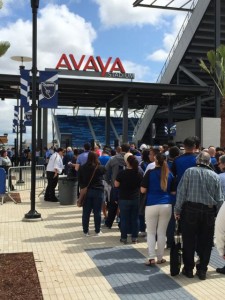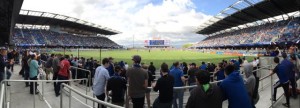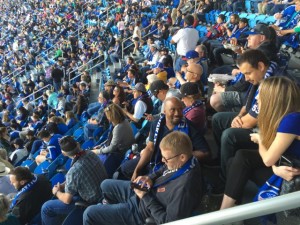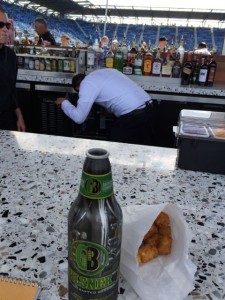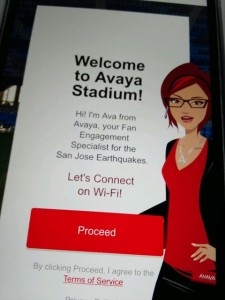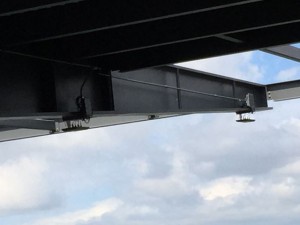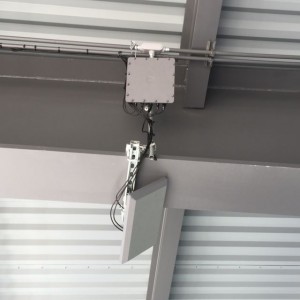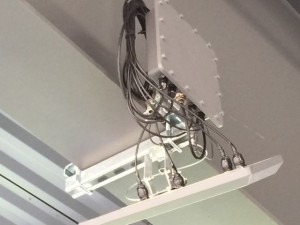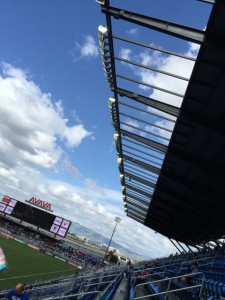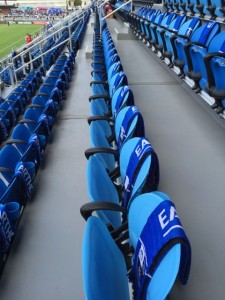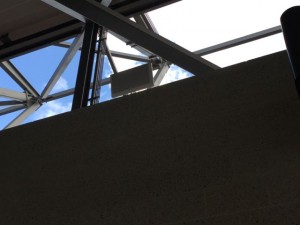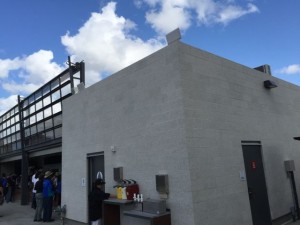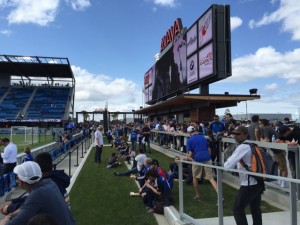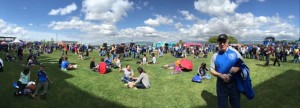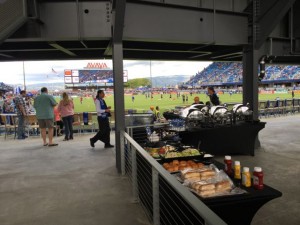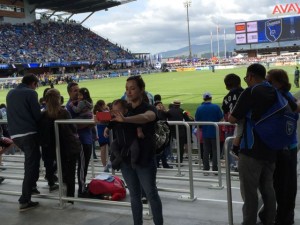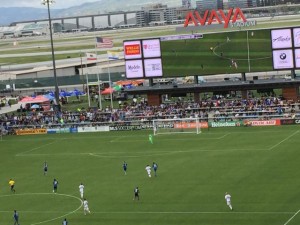
Gary Player (R) congratulates Jack Nicklaus after Nicklaus’ hole in one (Sam Greenwood/Augusta National)
With live competition beginning Thursday morning, I’m not worried that I won’t be next to a TV set for the excellent, mostly commercial-free broadcast (Thursday-Friday on ESPN, Saturday-Sunday on CBS). That’s because if I am online or on my phone I will have access to no fewer than five different live feeds from Augusta, including featured groups as well as focused coverage on “Amen Corner,” the classic stretch between the 11th and 13th holes of the famed Augusta National course.
What makes the online and mobile experience so good? Production that parallels the TV broadcast, for one. No need for cable contract authorization, for another. That The Masters is like Harvard with its endowments — and as such doesn’t need to pander to advertisers — is nirvana for all golf fans, but especially so for those of us who watch a lot of sports action these days online. While TV commercials are easily endured (or muted, or skipped) it seems of late that broadcasters are doing their best to reclaim eyeball turf online, by subjecting digital viewers to more and more invasive ads.
During the recent NCAA Men’s Basketball Tournament there was a lot of praise for the online product, but nowhere did I see anyone report the fact we found out — that when you were watching online or on your phone, during commercials the Turner/NCAA folks kindly blocked your ability to mute the sound on the screen controls. On my phone during the great regional game between Kentucky and Notre Dame I also saw a small button with a Pizza Hut logo remain on the left side of the screen during play. You would never try that on a broadcast offering, but for many events it seems OK to smack the online viewers around for any profit possible.
During the Masters, that’s not happening. (Or at least it didn’t last year! Hope I’m not jinxing things.)
Anyway — when play starts Thursday just go to Masters.com or download the app, watch away and see if you don’t agree. If there’s another online experience that’s better, I’d like to hear about it.
BONUS: Watch the Golden Bear back one up for a hole in one during the par 3 contest.
